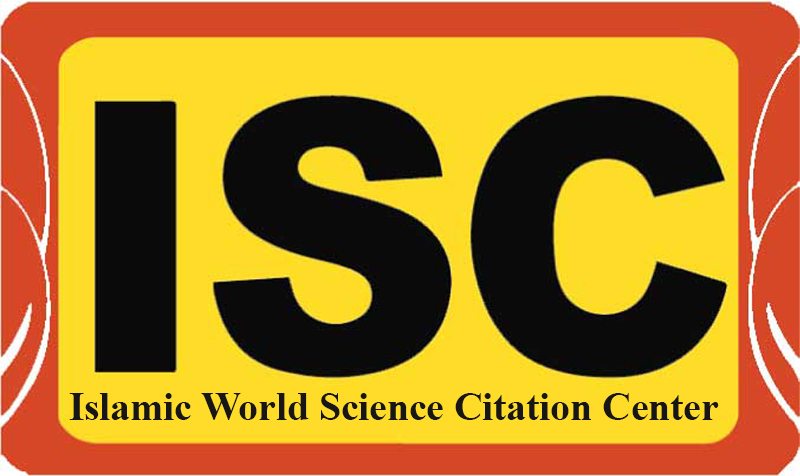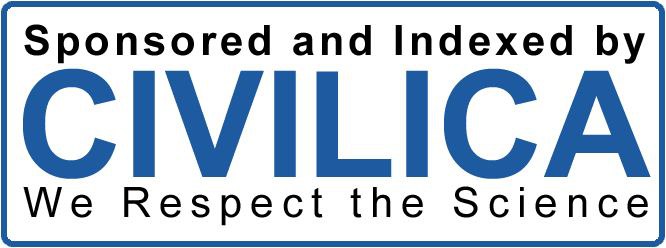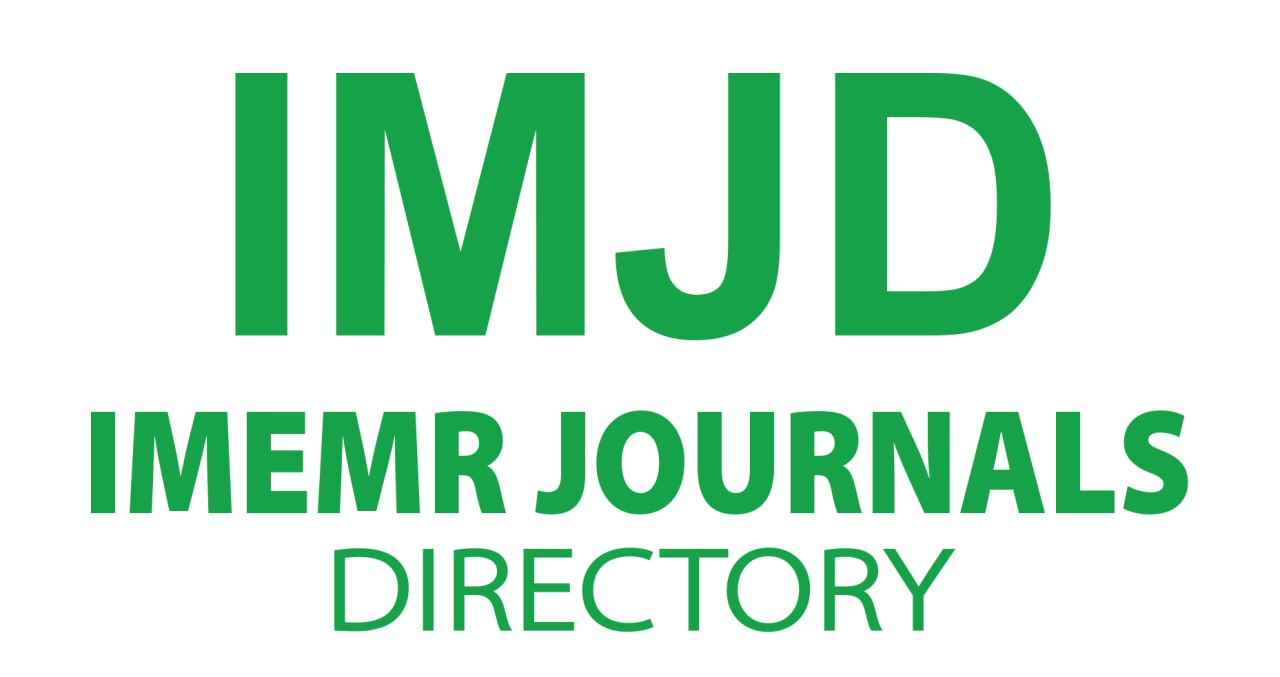The Prevalence of anemia in adolescents and non-pregnant women of reproductive age, referring to City Medical Complex in 2022
DOI:
https://doi.org/10.62134/ajbms/v1.i1.khatamuni.3Keywords:
Anemia, Adolescents, Reproductive age, Women, KabulAbstract
Introduction: Anemia is a prevalent illness of the hematopoietic system that generally occurs in both developed and developing countries. Anemia is rampant among children and reproductive women. The present study was conducted to investigate the prevalence of anemia in adolescent girls and non-pregnant women of reproductive age, referring to City Medical Complex in 2022
Material and methods: A total of 671 adolescents and healthy, non-pregnant women of reproductive age (aged 10 to 49 years old) take part in the study. Informed consent was taken from the subjects, and hemoglobin concentration was measured. Statistical analysis was performed using SPSS version 24 software.
Results: Of the 671, 131 (or 19.5%) had mild anemia, 136 (or 20.3%) had moderate anemia, 23 (or 3.4%) had severe anemia, and 381 (or 56.8%) had normal hemoglobin.
Disscusion: Our findings show that the prevalence of anemia and a low body mass index (BMI) in adult women is higher than that in adolescent girls living in Kabul in 2022.
Downloads
Published
How to Cite
Issue
Section
Categories
License
Copyright (c) 2023 Afghanistan Journal of Basic Medical Science

This work is licensed under a Creative Commons Attribution 4.0 International License.









